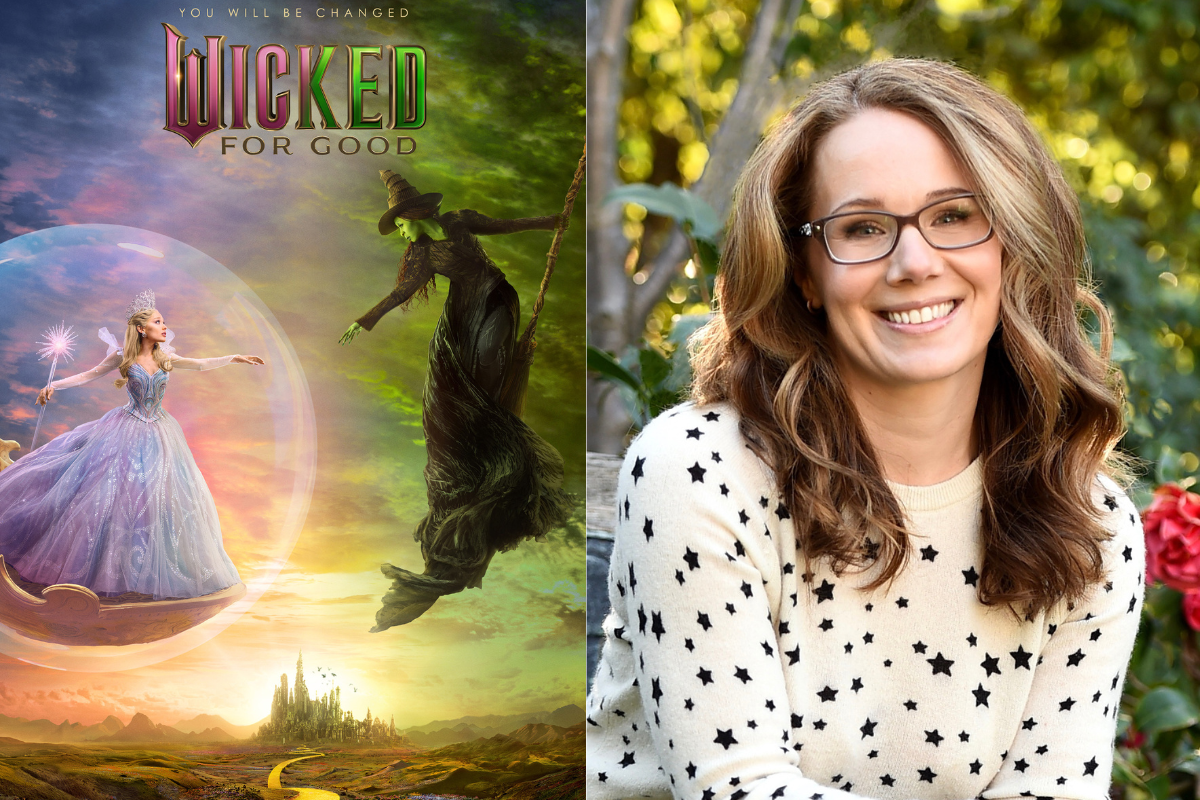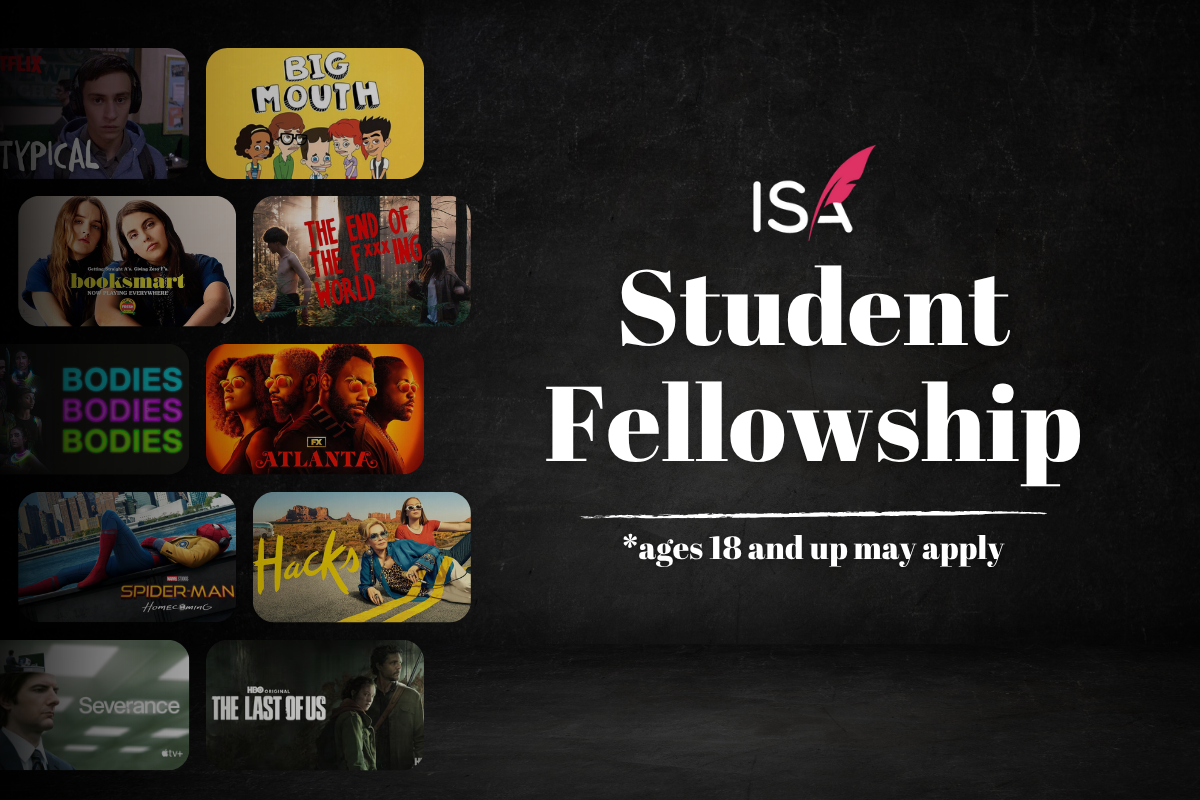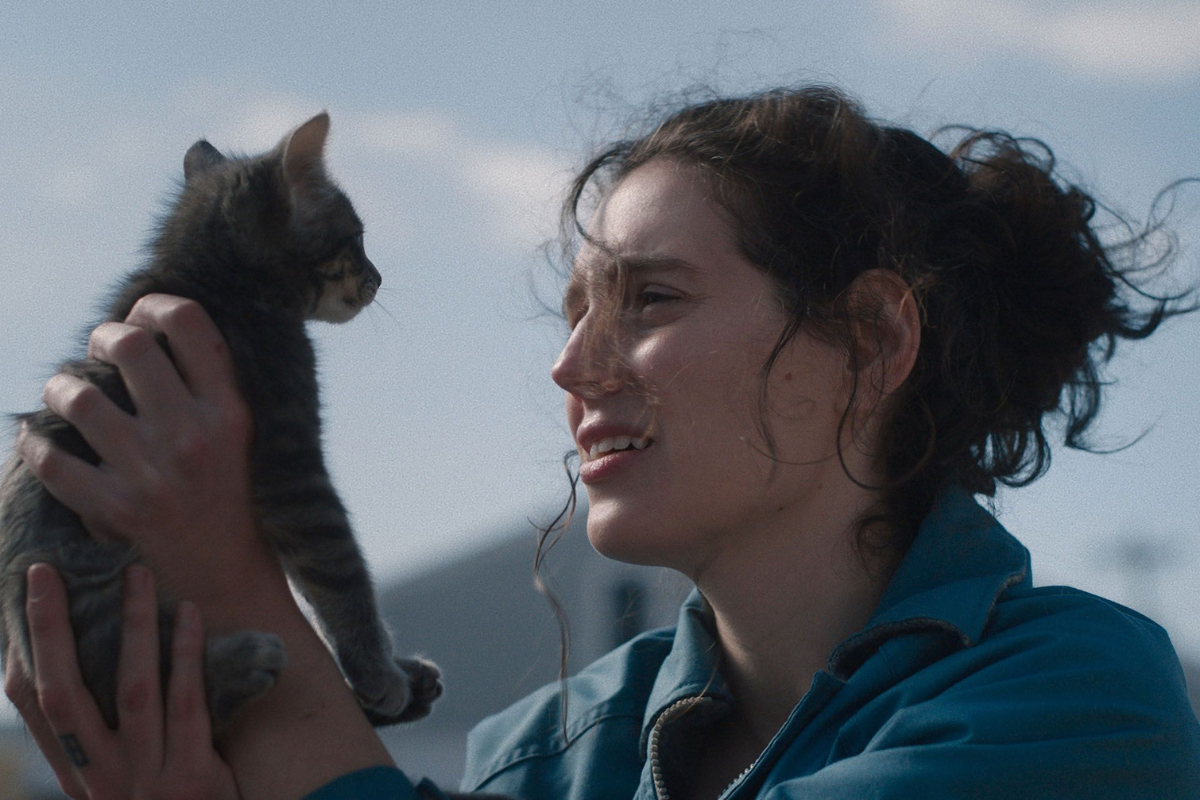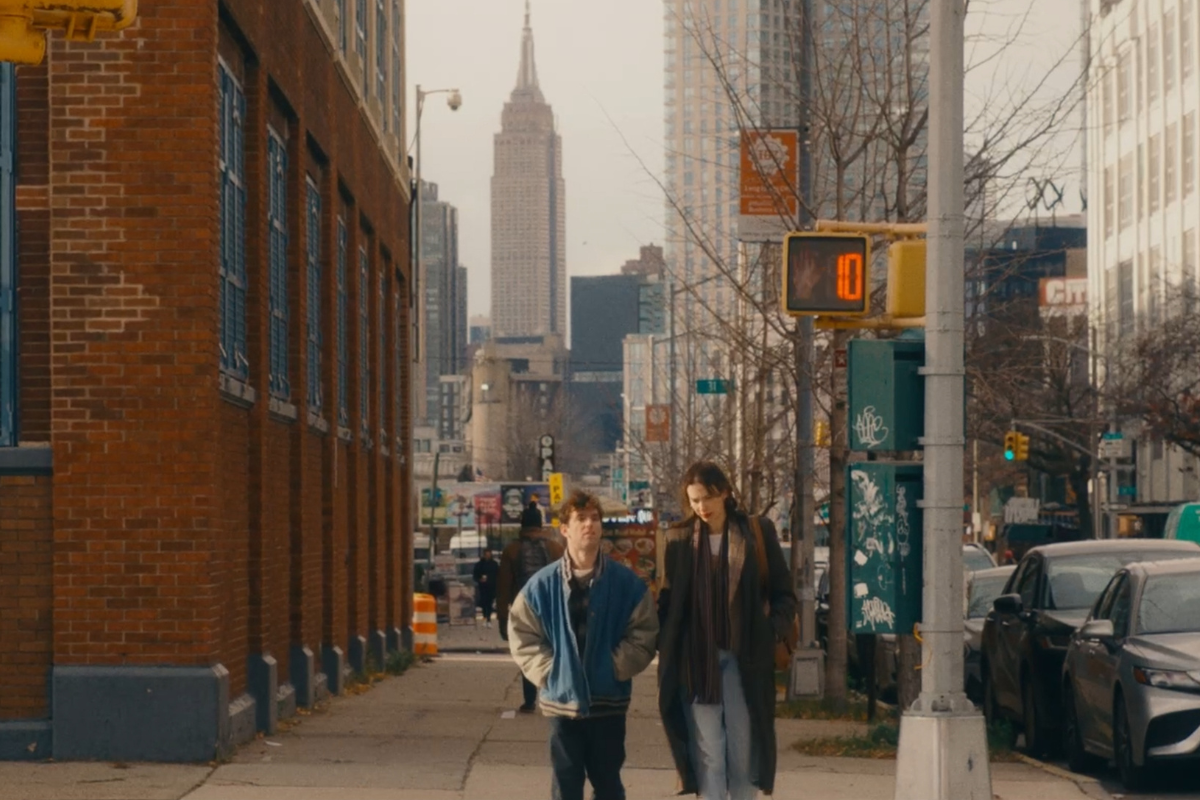Behind the Lines with DR: Turning Japanese – Attaching a Director, Part 1
“We’ve been traded,” said David Wally, producer, friend, and at that point in the mess, a co-survivor. “What do you mean “traded?” I asked. “A trade,” said David flatly. “Like…
“We’ve been traded,” said David Wally, producer, friend, and at that point in the mess, a co-survivor.
“What do you mean “traded?” I asked.
“A trade,” said David flatly. “Like in baseball. MGM traded us to Dimension.”
Just when I thought I’d seen most of it. Done some of it. But heard all it all. Out of David Wally’s mouth came the humdinger of the decade.
“Traded,” I repeated, as if saying it would make me actually believe it. “Can they do that?”
“It just happened, so yeah. I guess they can.”
“Jesus,” I think I said.
“And the weird just gets weirder, huh?”
“Does Hideo know yet?”
“I have a call into him. But I think his agent may have already told him.”
“He’s gonna freak,” I said, meaning I was pretty certain my Japanese director was going to bolt from the movie. He’d already been abused enough. There had to be a last straw somewhere. My guess is this was it.
“Exaaaaaactly,” said David Wally. His favorite and rather overused word. It was his intonation that told you exactly what that particular “exactly” meant.
But as usual, I’m ahead of myself and you, the reader. So let me walk this one back a couple of years.
My second novel, True Believershad landed in bookstores with a bit of a whimper. The week of its release, Harper-Collins had stepped in and purchased Avon-Morrow. Which meant near everybody in the publishing house was left scrambling to either update their resumes or fill in all the vacation days they were about to forfeit. But I wasn’t depressed. That’s because I knew my baby would have a second shot at flying off the bookshelves when the movie adaptation landed in theaters.
What was that you just said? That I’m an optimist? Hell, yeah. Otherwise I wouldn’t be in this whacky trade.
Though the book rights hadn’t sold in its initial auction to the town, former agent-turned-producer, Arnold Rifkin, stepped up with some interest. With Bruce Willis as a partner, they’d recently hung out a production shingle called Cheyenne. The company occupied a rustic-styled swath of upstairs real estate in Santa Monica, only a few blocks from the beach. Like most meetings with Arnold, the first True Believers sit-down was efficient and to the point.
“I feel I can sell the book to MGM as a non-Bruce-starring movie,” Arnold said. “But I gotta know how you plan to adapt it.”
I was glad to answer. That’s because I’d always planned a rather radical adaptation. You see, I’d already written the book. Was happy as hell with how it had turned out. And some of the liberties I’d taken with the story had everything to do with it not having to be a movie. Multiple points of view. A coast to coast canvas. It was a gas to pen. But for the movie, I wanted to scale it down. Constrict the geography. Take it out of Washington D.C. and give it a more blue collar spin. Why, you ask? I say why not. Like I said, I’d already written the book. It was effectively carved in stone. And I never saw the movie version in the same way.
Arnold liked my take and, days later, we optioned the book rights to MGM with a healthy deal for me to write the screenplay.
Enter David Wally. Though he was on the Cheyenne payroll, he was less a development guy and more of an in-house producer. As I worked through drafts of the script with David, we locked in on the movie we wanted to make. Eerie. Paranoid. A sort of Rosemary’s Baby meets Helter Skelter. We batted around budget and casting ideas with the movie studio who in turn gave us permission to seek out a director.
Now, the standard way to attach a director without an actual studio offer is to either make up a list of candidates and then present the script to each of the helmers’ agents – or present the script to a variety of talent agencies and let them make the list of both the usual and untested suspects.
Neither approach made much sense to either David or me. We felt we’d developed a special screenplay requiring extra special attention. Thus, proceeding to procure the correct director required a more acute approach. Targeted. As in find the perfect man or woman for the job then make a full court press. We tossed names into the air. Blew each other’s ideas out the sky. Then one day David called me and asked this question:
“Have you ever seen The Ring?” he asked.
“Sure,” I answered. “What’s the guy’s name who directed it? Gore…”
“Gore Verbinski,” answered David. “But that’s not who I’m thinking of. The movie you saw was a remake of a Japanese movie called Ringu. You heard of that?”
No. I hadn’t.
“The director’s name is Hideo Nakata,” David continued. “And if you liked The Ring even a little bit, you’ll dig Ringu. That’s because the American version is pretty much a carbon copy or the original. Anyway, I’m sending over a DVD along with a couple of his other films.”
I know what you’re thinking. What a rough job I have. People messenger me DVDs. I pop a couple Diet Cokes, blaze up a cigar, then kick back and watch movies on my office flat screen. Hey. I do what I gotta do.
And in this particular case, I watched Hideo’s films. First was Ringu. Now, I’ve seen remakes. But rarely one as faithful as Gore Verbinski’s. Some sequences were nearly shot for shot identical to Hideo’s original. Next, I screened Dark Water. And if I wasn’t sold with that, I watched Chaos. All Japanese, subtitled in English, masterful in technique and brilliant as hell.
I phone David and informed him of my rabid opinion.
“He wants to make an American film,” said David. “He’s repped by Endeavor.”
“So we’ll send him the script?”
“Way ahead of you.”
“I’ll cross my fingers.”
“Exaaaaactly.”
Enter Hideo Nakata. It was about a month or so later when we met at the Cheyenne spread. Hideo arrived alone with a copy of my screenplay sandwiched next to a very schoolish-like spiral notebook. An unassuming forty years old. Soft in just about every way. With a gentle handshake and just the slightest of bows. The three of us retired to the conference room and began to chat.
“Before I read your script,” said Hideo. “I must have read fifty or sixty American scripts. Yours was the first script I wanted to direct.”
Now, I can be pretty suspicious of hyperbole. Especially Hollywood hyperbole. But something about Hideo told me that he wouldn’t even know the equivalent Japanese word for hyperbole. Everything about the man was humble. Even his smile. It was hard to look across the table at him and imagine this was the filmmaker who’d already served up so many masterful movie chills. The meeting was total kismet. Hideo’s thoughts on the script were simple, succinct, and impressive.
I was hooked on the director. And so was my compadre, David Wally. With Arnold Rifkin’s rubber stamp, we moved on to meetings at the studio. I recall Hideo’s words to me as we waited inside the MGM lobby.
“I’m very nervous,” he said.
“Don’t be,” I said. “They’ve already seen your films. They’re impressed before you walk in the door.”
“Yes, I understand,” said Hideo with his usual reserve. “But I come from a country of very shy people. And in my own country? I’m considered very shy.”
I patted Hideo on the back and gave him my complete and total confidence. I knew I had the best possible director for my film. A man who I was certain would bring brilliance to my words.
The first meeting with the MGM’s president of production went swimmingly well with Hideo and the studio boss trading stories of movie classics, the Japanese director proving to be an astute student of American cinema. But the second meeting with the company CEO had a bit more edge to it. Hideo exuded such deference to the MGM Chief that he came off as something a notch or two short of being respectful. I found myself piping in for Hideo, teeing him up so he could close the deal. We ended with a strong finish. All that was left for us to do was wait for the call from the studio to give us their approval.
Then again, this was Hollywood. If something could go sideways, it usually would. We didn’t have to sit around for very long.
“We’ve got a problem,” sounded Arnold the following day. “Studio’s not as impressed as we are. They’re refusing to make a deal for Hideo.”
I don’t know who said “what?” louder. David Wally or me?
“They don’t think his command of the English is near good enough to make a movie for ‘em,” continued Arnold.
Too say the least, I was utterly gobsmacked. That’s because David Wally and I had already spent beaucoup hours with the Japanese scare-meister. Not only was his English beyond sufficient but he’d also proven to be an excellent communicator in just about every frequency. Hideo’s only issue was that he was thoughtful to the point of being introverted.
Then came the unofficial word out of MGM. As we eventually heard it, the MGM chief had suffered language issues working on pictures with both John Woo and Chen Kaige, both Asian filmmakers who’d helmed expensive flops for the studio. Whether the language conflict was real or just an excuse, prejudice or wise studio practice, it was damnable obstacle.
“Now what the hell do we do?” I asked David Wally. “This is our guy. This is our director.”
You won’t believe what happened next.
Next week, Part 2 of TURNING JAPANESE.
© 2013 Doug Richardson. All rights reserved.
Read Doug’s new thriller, BLOOD MONEY. Available in trade paperback and ebook at Amazon.com and Barnes and Noble.
Related Articles:
- More Behind the Lines articles with Doug Richardson
- Pitch, Learn and Network at Screenwriters World Conference West
- Writing Wrap Up: 3 Ways to Beat the Heat - Pitching Screenplays, Lists and Hashtags
- Wendy's LA4HIRE: Essential Ingredients to Writing a Powerful Screenplay
- Balls of Steel: The Secret to Finding a Screenwriting Mentor
Tools to Help:
Doug Richardson cut his teeth writing movies like Die Hard, Die Harder, Bad Boys and Hostage. But scratch the surface and discover he thinks there’s a killer inside all of us. His Lucky Dey books exist between the gutter and the glitter of a morally suspect landscape he calls Luckyland—aka Los Angeles—the city of Doug’s birth and where he lives with his wife, two children, three big mutts, and the dead body he’s still semi-convinced is buried in his San Fernando Valley back yard. Follow Doug on Twitter @byDougRich.







